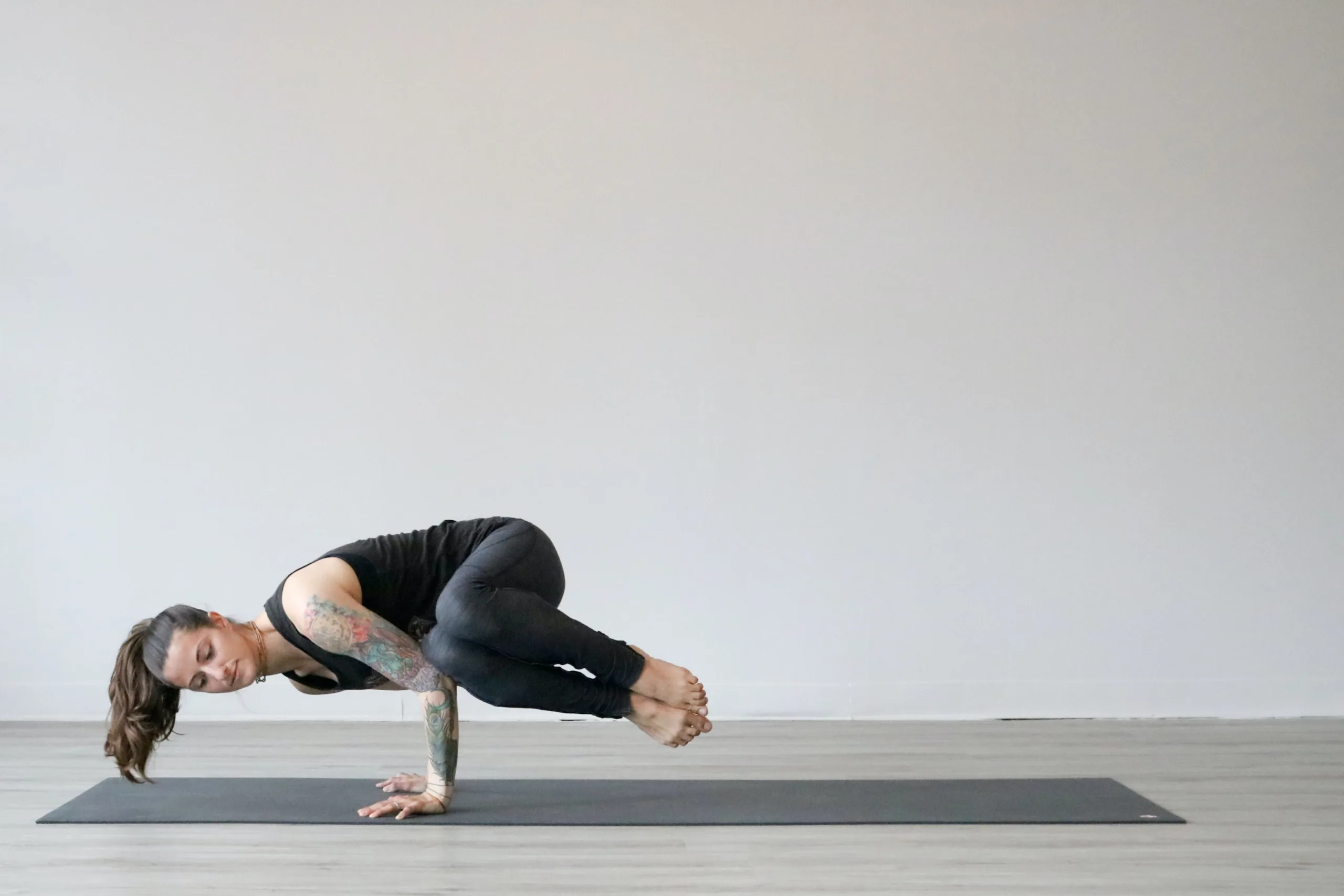Finding Harmony: Exploring Yoga Balance for Mind, Body, and Spirit
Introduction
Yoga is not just about flexibility and strength; it’s also about finding balance within ourselves. Yoga balance refers to the physical, mental, and emotional equilibrium that we strive to achieve through our practice. In this comprehensive guide, we will delve into the essence of yoga balance, discover the best yoga styles for enhancing balance, explore practical techniques to cultivate balance on andoff the mat, and address common challenges faced during balancing poses. Join us on this journey as we explore the transformative power of yoga balance.
Click here for more
Understanding Yoga Balance
What is Yoga Balance?
Yoga balance goes beyond the physical act of balancing on one leg or holding challenging poses. It encompasses a state of harmony between our physical body, mind, and spirit. It is the ability to find stability, focus, and equanimity amidst the ebb and flow of life’s challenges.
Which Type of Yoga is Best for Balance?
Several yoga styles emphasize balance, but some are particularly beneficial for enhancing our sense of equilibrium. These include:
- Hatha Yoga: Hatha yoga offers a balanced approach that combines physical postures (asanas), breathwork (pranayama), and meditation. It cultivates body awareness, strength, and stability, fostering overall balance.
- Vinyasa Yoga: Vinyasa yoga, often characterized by flowing sequences, challenges practitioners to find balance in movement and breath coordination. It builds strength, flexibility, and mental focus, fostering a dynamic sense of balance.
- Iyengar Yoga: Iyengar yoga places a strong emphasis on alignment and precision. By using props and holding poses for longer durations, it helps develop stability, concentration, and body awareness, enhancing balance.
- Yin Yoga: While Yin yoga may seem passive, it offers an opportunity to cultivate a different aspect of balance. By holding gentle stretches for an extended period, it encourages patience, surrender, and inner equilibrium.
How to Practice Yoga Balance
Achieving balance in yoga involves a holistic approach that encompasses physical, mental, and energetic aspects. Here are some practical tips to enhance your yoga balance practice:
- Foundation and Alignment: Focus on establishing a strong foundation in standing poses by grounding through the feet and maintaining proper alignment. Align your body mindfully, engaging core muscles and maintaining a steady gaze to enhance balance.
- Breath Awareness: Cultivate a deep awareness of your breath during balancing poses. Smooth, steady breaths help calm the mind and stabilize the body, supporting balance and concentration.
- Drishti (Gaze Point): Fixing your gaze on a specific point (drishti) helps to stabilize the mind and enhance focus. It serves as an anchor, enabling you to find balance and stay present in the pose.
- Core Strengthening: A strong core is essential for stability and balance. Incorporate core-strengthening exercises into your yoga practice, such as plank variations, boat pose, and twists, to develop a solid foundation.
- Mindfulness and Patience: Balance is not just about physical strength; it also requires mental focus and patience. Practice mindfulness, observe your body’s subtle movements, and approach balancing poses with a sense of curiosity and acceptance.
The Five Components of Balance in Yoga
Yoga balance encompasses five interconnected components that contribute to a harmonious practice:
- Physical Balance: This aspect focuses on the ability to maintain stability and alignment in various physical poses, challenging the body’s proprioception and coordination.
- Mental Balance: Mental balance involves cultivating a calm and focused mind, free from distractions and fluctuations. It enables you to stay present, concentrate on the task at hand, and find clarity amidst the internal and external noise.
- Emotional Balance: Emotional balance refers to maintaining equanimity and stability in the face of emotional ups and downs. Through yoga, we learn to observe and regulate our emotions, cultivating resilience and emotional well-being.
- Energetic Balance: Energetic balance relates to the flow of vital energy (prana) within the body. Practices such as pranayama (breathwork) and meditation help balance the subtle energy channels, promoting overall vitality and balance.
- Lifestyle Balance: Balance on the mat extends to our daily lives. Leading a balanced lifestyle involves nurturing all aspects of our being, including work, relationships, self-care, and leisure, fostering overall well-being and harmony.
FAQs
Q: Why can’t I balance in yoga?
A: Balancing can be challenging due to various factors. Lack of strength, flexibility, or body awareness, as well as a wandering mind and self-doubt, can affect balance. Consistent practice, patience, and proper alignment can help improve balance over time.
Q: How can I improve my balance in yoga poses?
A: To improve balance, focus on strengthening the core, refining alignment, and practicing regularly. Start with simple balancing poses and gradually progress to more advanced ones. Engage in mindful breathwork, cultivate mental focus, and be patient with yourself.
Q: Can yoga balance help in everyday life?
A: Absolutely! The principles of yoga balance extend far beyond the mat. By cultivating physical, mental, and emotional equilibrium through yoga, you develop skills and qualities that enhance your overall well-being and ability to navigate life’s challenges.
Conclusion
Yoga balance is a multidimensional concept that goes beyond physical postures. It encompasses harmony on all levels—physical, mental, emotional, and energetic. By practicing yoga with mindfulness, focusing on alignment, breath, and developing core strength, we can cultivate balance both on and off the mat. Embrace the journey of finding balance within yourself, and witness the transformative effects it has on your mind, body, and spirit.
External Links:
